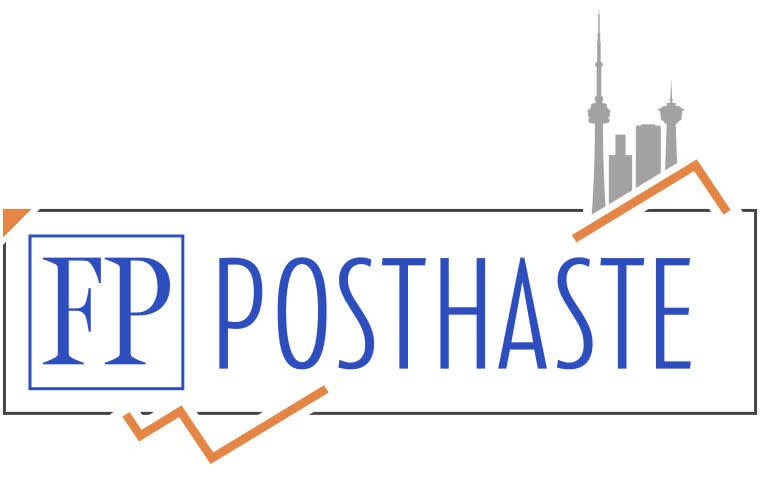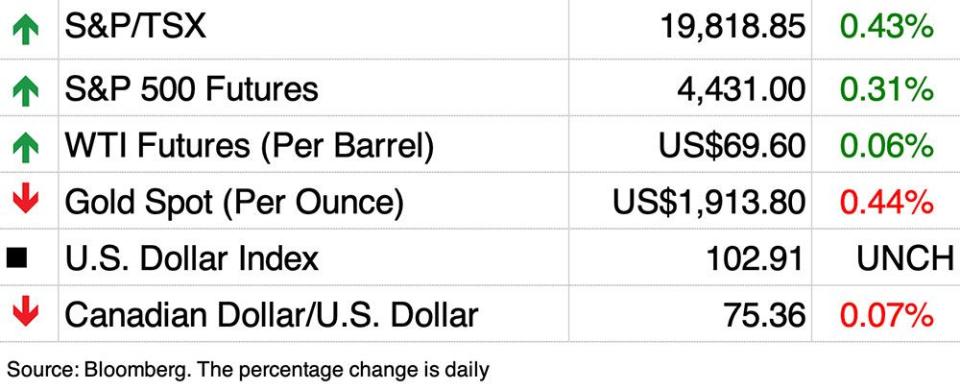Posthaste: Insolvencies jump sharply as Canadians struggle with debt more than ever


A “sharp” increase in insolvencies in May suggests that households are struggling more than ever with debt.
Insolvencies, which include bankruptcies and proposals to renegotiate loans, rose 12.3 per cent in May from April and are up 30.9 per cent from the same time last year on an adjusted basis, according to data from Innovation, Science and Economic Development Canada. They are now at their highest level since the start of the pandemic, with proposal numbers cresting above the pre-COVID era, said Charles St-Arnaud, chief economist at Alberta Central, in an analysis of the latest figures.
May is historically a quiet month for insolvencies, St-Arnaud said in his analysis.
“The increase in 2023 has been more significant than usual in almost every province,” he said. “This situation could be a correction after a small decline in April. However, so far this year, the monthly increases have been notably bigger than historically and suggest a fast-rising trend in insolvencies.”
In Canada, insolvencies numbered 11,262 in May, down 4.1 per cent compared with 2019. Of that, bankruptcies totalled 2,735, down 42.6 per cent relative to 2109. However, proposals totalling 8,561 in May were 22.6 per cent higher relative to 2019. Year-to-date, insolvencies are now up 27.6 per cent.
Insolvencies rose above their pre-pandemic levels in Manitoba, British Columbia, Alberta, Ontario and Saskatchewan — all provinces with rates of debt-to-disposable income higher than the average.
Manitoba reported a 35.4 per cent jump in insolvencies relative to 2019, the highest increase among the five provinces where insolvency rates rose above pre-COVID levels. In B.C., insolvencies jumped 17 per cent, in Alberta 7.3 per cent, Ontario, 2.9 per cent, and 0.3 per cent in Saskatchewan.
Insolvencies remain well below pre-pandemic levels in P.E.I., where they are down 27.8 per cent, Quebec, down 20.4 per cent, New Brunswick, down 18.8 per cent, Nova Scotia, 18.3 per cent and Newfoundland, down 18.1 per cent.
However, no province has been spared from rising numbers of proposals to renegotiate terms of loans that have surpassed pre-COVID marks, the economist said.
Manitoba led the way with a 66 per cent increase in proposals followed by B.C., up 54 per cent, Alberta, up 35 per cent, Ontario and Saskatchewan, both up 25 per cent, and Nova Scotia, up 21 per cent.
“This suggests that an increasing share of households are facing financial stress,” St-Arnaud said.
St-Arnaud attributed shifting insolvency outlook to record levels of household debt, weakening purchasing power and a series of increases to the Bank of Canada’s benchmark lending rate, which sets the baseline costs for borrowing.
Further, the Calgary-based economist said he expects insolvencies to continue to rise this year since higher interest rates have yet to fully filter through to household borrowing.
“The question is whether the continued strength of the labour market, with the very low unemployment rate, and the vast amount of saving accumulated during the pandemic will continue to provide some relief,” St-Arnaud said in his note.
_____________________________________________________________
Was this newsletter forwarded to you? Sign up here to get it delivered to your inbox.
_____________________________________________________________


The May consumer price index (CPI) rose 3.4 per cent year over year, which was a big drop from the 4.4 per cent year-over-year number in April, but that doesn’t tell the real story.
Not surprisingly, there is a component of the CPI that is still showing significant inflation. The mortgage interest cost index was up a massive 29.9 per cent year over year.
In May, if the mortgage interest cost index is removed, the year-over-year CPI is 2.5 per cent, very close to the target inflation rate. I repeat: the CPI excluding mortgage interest is 2.5 per cent. One year ago, this all-in CPI rate was 7.7 per cent, a significant shift any way you look at it.
I am always told that hiking interest rates should help tame inflation, but it takes time, since it has a lagged impact. If the CPI is now 2.5 per cent and the sizable interest rate hikes are having a lagged impact, doesn’t this suggest that we are done taming inflation with interest rate hikes? How much more lagged impact is already ahead of us if inflation is already at 2.5 per cent? — Ted Rechtshaffen
___________________________________________________
Today’s data: CFIB business barometer, survey of payroll employment changes; U.S. quarterly GDP annualized, quarterly personal consumption index, initial and continuing jobless claims, pending home sales
Earnings: Imagine Lithium Inc., Bearing Lithium Corp., Copper Lake Resources Inc., Frontier Lithium Inc., Blackrock Silver Corp., One World Lithium Inc.
___________________________________________________

_______________________________________________________
Surf’s up: Financier with famous name looks to make an offshore break
5 things investors will find on a corporate balance sheet that are confusing
People are a mess and they’re letting it all hang out emotionally at the office
The case for ending the Bank of Canada's interest rate hikes now
Canadians' household debt is high, but risk of major shock is low: economists
_______________________________________________________
Decades of low interest rates and strong housing demand have led to high levels of household debt for Canadians, and now rising interest rates are increasing the cost of servicing that debt. But economists say that just how much risk that debt poses depends on whether the central bank is able to slow inflation without causing a major economic shock. Read the story here.
____________________________________________________
Today’s Posthaste was written by Gigi Suhanic, (@gsuhanic), with additional reporting from The Canadian Press, Thomson Reuters and Bloomberg.
Have a story idea, pitch, embargoed report, or a suggestion for this newsletter? Email us at posthaste@postmedia.com, or hit reply to send us a note.

 Yahoo Finance
Yahoo Finance 



